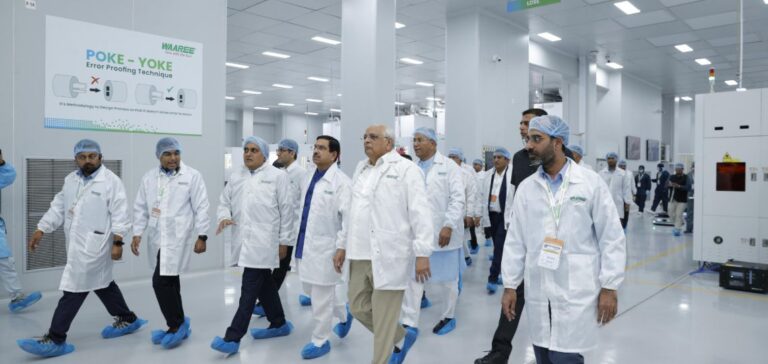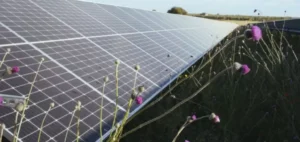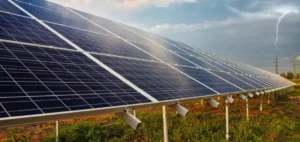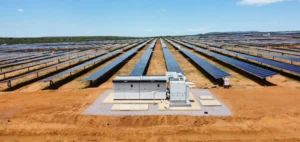Waaree Energies Ltd., one of India’s leading solar technology producers, has inaugurated a new 5.4 GW photovoltaic cell gigafactory in Chikhli, in the state of Gujarat. This facility, the largest of its kind in India to date, was officially opened on 29 March during a ceremony attended by several Union ministers and representatives of the Gujarat government. The event notably brought together Gujarat Chief Minister Bhupendrabhai Patel, Minister of New and Renewable Energy Pralhad Joshi, and Minister of Water C. R. Paatil.
Spanning 150 acres, including 101 acres of built-up area, the new factory reflects the country’s strategy to scale up its industrial capabilities in solar technologies. Waaree’s leadership stated that this production platform aims to support the national goal of strengthening energy independence through local industrialisation of solar components, in line with the government’s Atmanirbhar Bharat initiative.
Industrial ramp-up in photovoltaic cell manufacturing
The Chikhli gigafactory has been designed to integrate high-efficiency solar cell manufacturing technologies, with a focus on precision engineering and applied innovation. According to Waaree, the platform will serve as a key driver of national growth in the photovoltaic segment, with the ambition to supply a significant share of the country’s solar energy production projects.
Beyond its manufacturing capacity, the site aims to deliver local economic impact by creating over 9,500 direct jobs and around 30,000 indirect employment opportunities. This initiative aligns with Gujarat’s industrial policy to become a strategic centre in the solar value chain, notably through the production of key components such as cells and modules.
A lever for India’s energy strategy towards 2030
The opening of this factory comes as India targets the deployment of 500 GW of renewable energy capacity by 2030. The central government supports an assertive policy aimed at reducing dependency on critical component imports while developing a high-value local industrial fabric.
By strengthening its manufacturing base in clean technologies, Waaree also aims to expand its presence in international markets. The company notes that this infrastructure marks a major step in positioning India as a global supplier in the solar value chain. The commissioning of this gigafactory could shift the country’s solar cell supply dynamics, historically reliant on imports, particularly from China.






















